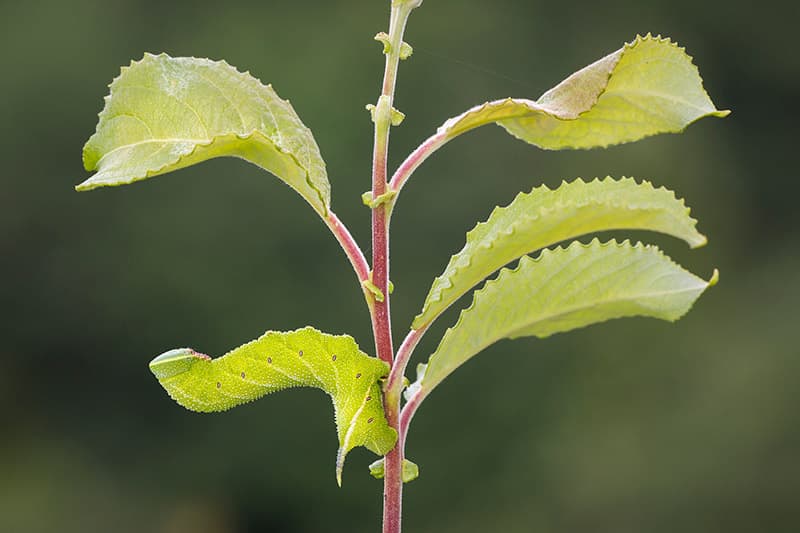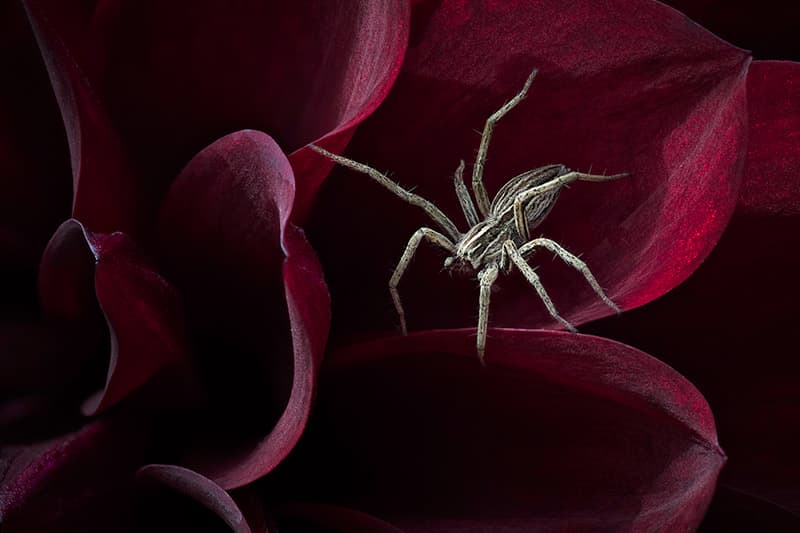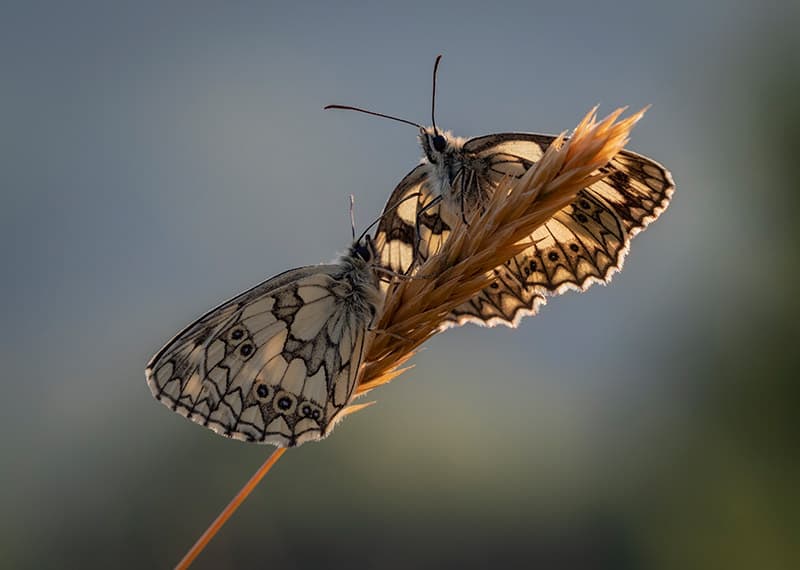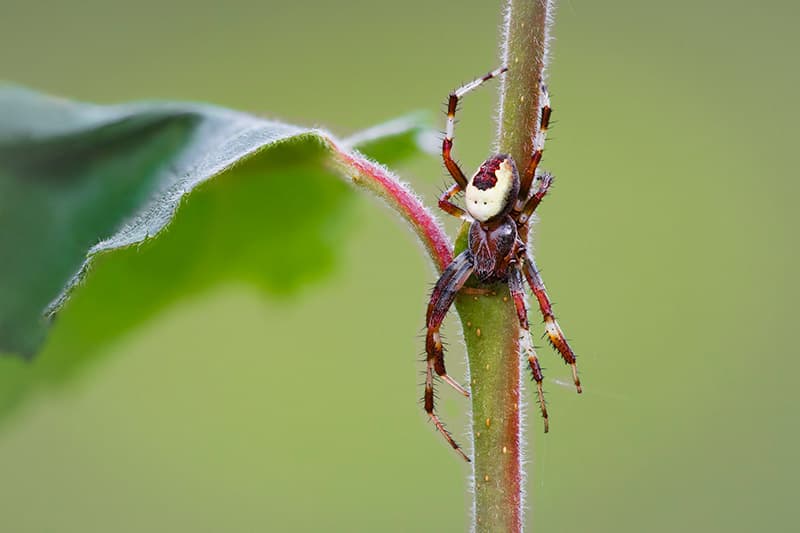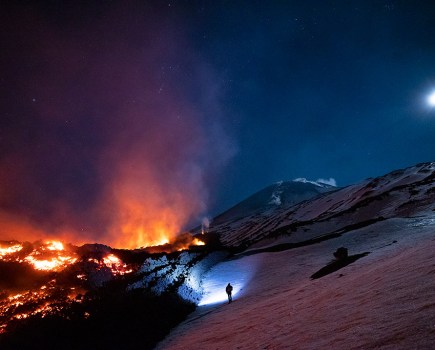Longer days and warmer weather are accompanied by insects which can be fascinating subjects for macro photography As annoying as some of the creepy crawlers can be, they are spectacular in colour, movement and structure. Professional ecologist and photographer Andrew McCarthy share his top tips for insect photography.
Top 7 tips for macro insect photography
1. Where to find insects for photography?
Plan trips and become familiar with sites that work at different times of the year and for different types of species. Insect habitats include wetlands, woodland edges and scrub mosaics with bare ground. Birch and willow often support larvae whose presence is given away by partially eaten leaves. Scan vegetation slowly for resting insects and view the same patch from different angles.
2. Set the alarm clock
Insects are difficult to approach in hot weather so shoot during the cooler early part of the season and get up early in high summer to find dew-covered specimens and adults emerging from their larval cases. Searching for butterflies that have settled to roost before sunset can save time the following morning. Use low backlight during the ‘golden hour’ light to reveal wing-and-body translucence.
3. Stay local for insect photography
Staying local means you can make the most of good weather. Become familiar with local nature reserves and research your target species beforehand to prevent wasting time searching unproductive habitats when conditions are ideal for photography. Gardens make excellent photographic studios: establish nectar-rich plant species, dig ponds, make habitat piles and leave rough unmanaged corners – all are great habitats for insects. Invest in a moth trap!
4. Watch the weather
Keep a close eye on weather forecasts and look for high clouds with light or no wind. The lighting in such conditions reveals surface detail and texture well, and you will also be able to use faster shutter speeds and smaller apertures for greater depth of field. If the sun comes out and you need a fill-in flash keep it subtle; use low manual power because auto pre-flash can disturb wary insects.
5. Aim for clean and simple composition for insect photography
Shoot from a low viewpoint and frame your subject against a clean background wherever possible. If you need to move vegetation out of the way do it carefully and reposition plants afterwards so the insect remains hidden. As a general rule, align your sensor with the plane of your subject to get as much of it in focus as possible. A tripod enables precise adjustments; focus manually, use depth-of-field preview or use live view for critical focus.
6. What camera settings are needed for insect photography?
Keep shutter speeds high (around 1/250 sec) to ensure pin-sharp shots. Aim for reasonably small apertures – f/8 is a good starting point on a full-frame camera – but not so small that diffraction softening becomes a problem. Wind can cause subject movement, in which case increase ISO, use a wider aperture, or stabilise vegetation by using clamps on a small second tripod or ground spike. Alternatively, get creative and shoot with a shallow depth of field through vegetation to create out-of-focus effects.
7. Try focus stacking
If the wind is light try focus stacking if your subject remains still. Some cameras have automated stacking functions that make this type of work easy from a tripod; alternatively, shoot overlapping shots by incrementally rotating the lens barrel by hand. Stacking allows wider apertures, which can result in cleaner backgrounds. Process images with specialist software such as Helicon Focus and Zerene stacker; both are intuitive to use.
Insect photography kit list
- Macro lens A macro lens with a long focal length of around 150mm or a close-focus telephoto zoom such as the Canon EF 100-400mm f/4.5-5.6L IS II USM or Olympus M.Zuiko Digital ED 40-150 f/2.8 will allow you to stay further back and minimise disturbance.
- Tripod and geared head A good tripod with a specialist macro arm and a good quality head are essential. I use a ball head but many macro photographers swear by the fine adjustments offered by a geared head.
- Stabilisers Wimberley Plamps are invaluable, but you will need a separate ground spike or small second tripod to attach them to. Alternatively make stabilisers from knitting needles, gaffer tape and clothes pegs.
You can also take photos of insects on your smartphone, read our guide to find out how.
Andrew McCarthy is a photographer and professional ecologist whose awards include a BWPA ‘Hidden Britain’ category win in 2018. Andrew is also an Olympus Mentor.
I have been fascinated by insects ever since I was a young boy and, in recent years, have spent many hours photographing them. In addition to the simple pleasure of creating great images of these intricate and often very beautiful creatures, photography can help highlight the environmental challenges insects face and can raise awareness of how important they are to human well-being. Insects can be challenging subjects to photograph at times though as they are often small and well camouflaged, but there are a number of simple techniques you can follow to help improve the quality of your work.
Further reading:
Complete guide to Macro Photography – How to create great macro photos
Best Macro lenses for Mirrorless and DSLR
Best-value macro lenses


